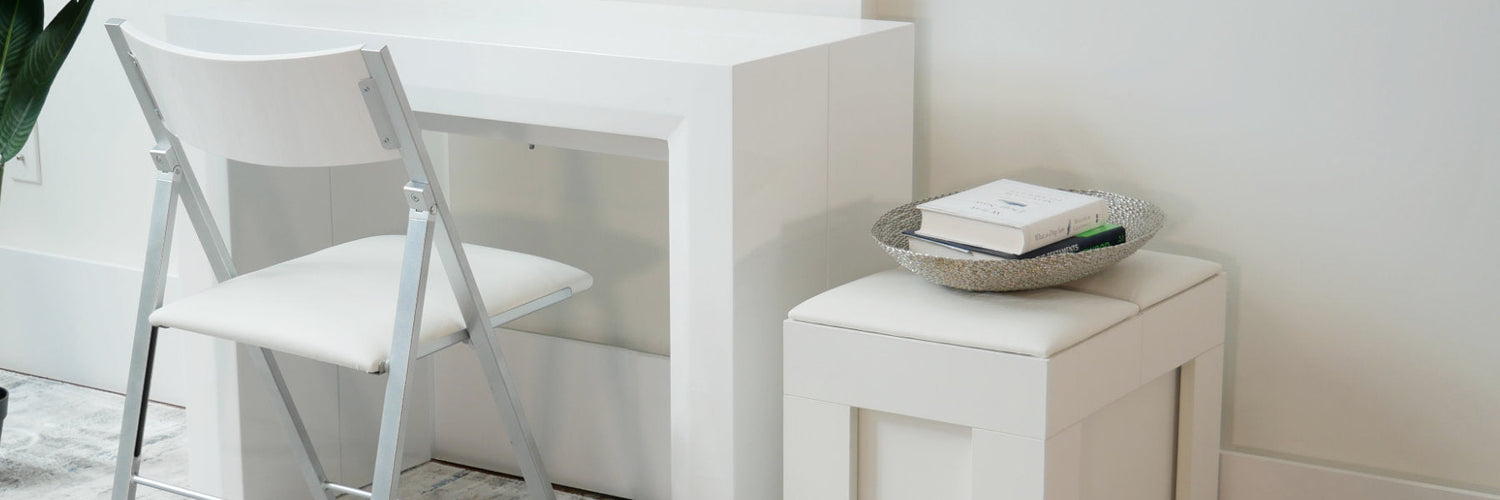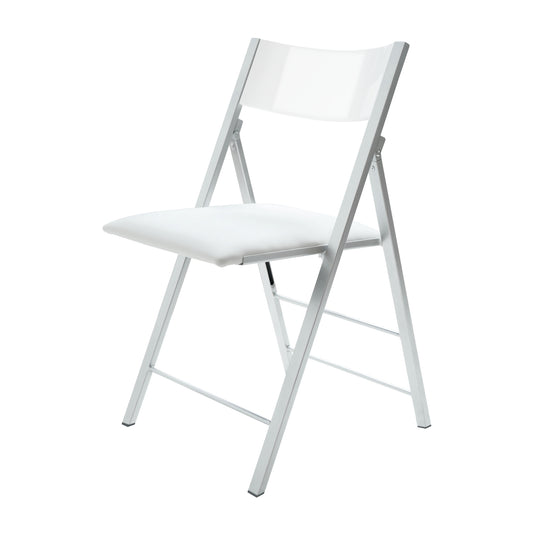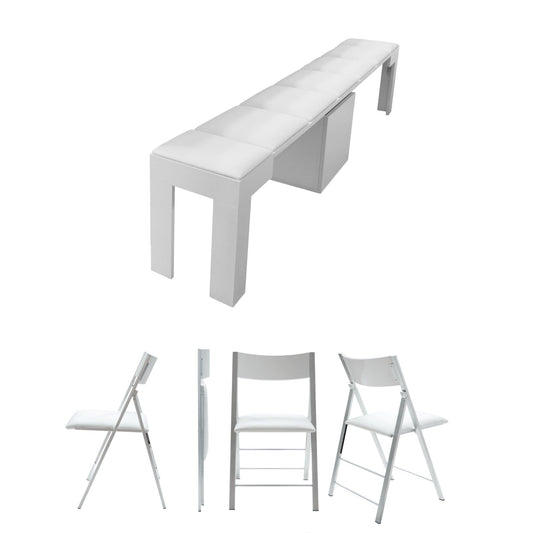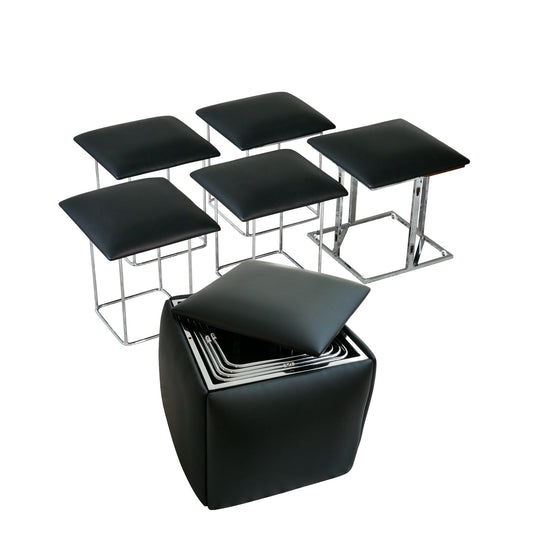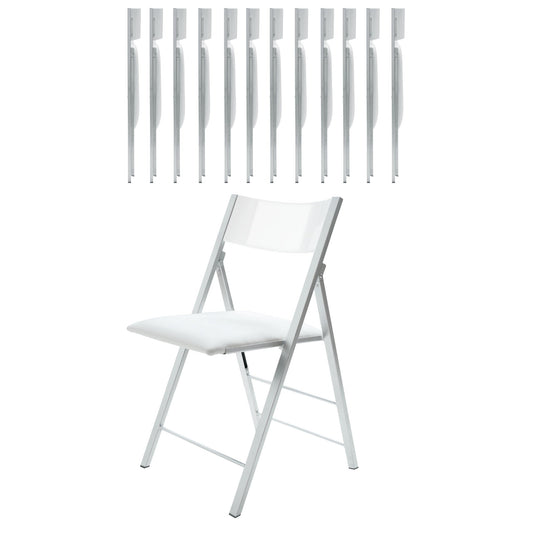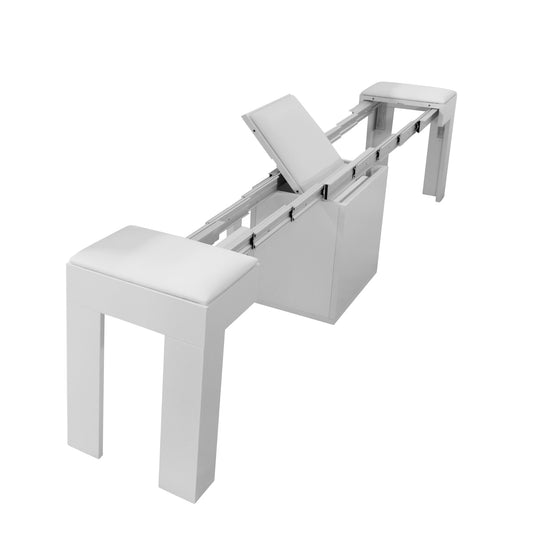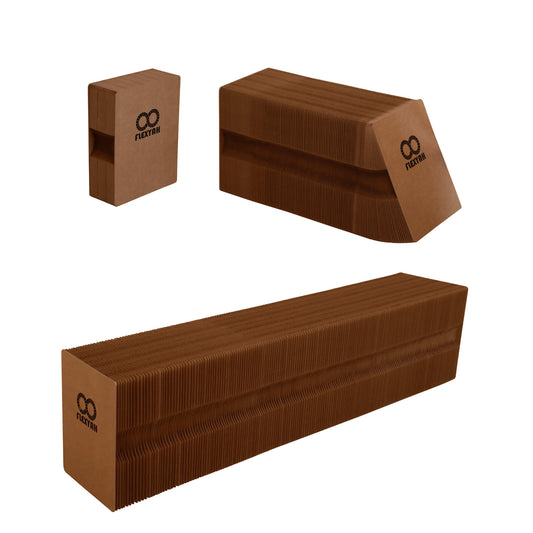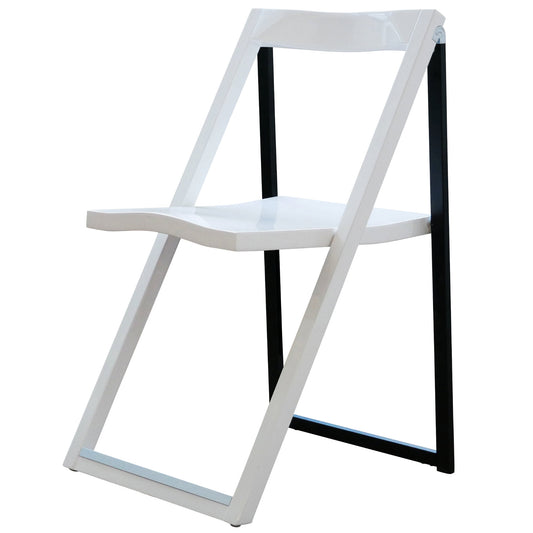Symmetry and asymmetry in interior design are two distinct approaches where symmetry is an organized and structured style to create balance, and asymmetry is dynamic and unpredictable so it creates flow, movement, and focal points. They can be incorporated interchangeably in the same space, or kept separate depending on the type of room and the room’s purpose.
Sometimes a living room is a place to relax and catch up, other times it is for networking and to keep people moving and socializing.
- Symmetry in interior design uses the same shapes throughout a room in an organized manner, or uses identical pieces to create areas that mimic or mirror each other creating balance.
- Asymmetry in interior design distributes shapes, colors, or textures unevenly in a room to create areas of interest, focal points, and gives visual queues to direct people on where to look or how to move throughout the space.
By using symmetry with interior design you can create formal areas or elegant rooms that feel organized from the moment you step inside, thanks to their predictable and balanced layout. With an asymmetric design, the goal is not to create balance but to direct interest and engage the viewer so they talk, mingle, and move around both physically and peoples’ eyes visually.
Libraries are a good example of symmetric design where the rooms are organized into rows of shelves, with spaces for reading on the left and right sides, creating a sense of balance and organization.
A modern living room is a good example of taking advantage of asymmetry where a couch occupies one side and takes up the majority of the space in the room. It can then face a TV or piece of artwork creating an asymmetric balance between the weight of the objects while directing the person’s eyes in a singular direction.
Symmetry and asymmetry are not directly tied to the number of objects or how they’re arranged. The balance of color in a room, or the textures you choose to include, and how lighting is arranged are also tied to these two design concepts.
Asymmetry and Symmetry Working Together
Asymmetry and symmetry are complementary and can be used interchangeably to fill out a space. Think of asymmetry as using odd numbers or arranging objects in formations with an odd number of edges, like triangles or pentagons.
Symmetry is associated with an even number of items and the placement of objects in pairs to form squares or rectangles throughout a space. These two styles work together when symmetry is used to support the asymmetric elements in a room.
One combination is a triangle, which could be a couch with a pair of side tables on each side. The single couch draws the most attention but is usually grouped with its side tables, creating a triangle that intermixes symmetry and asymmetry.
In the dining room, you create a rectangle in a space where multiple pairs of chairs surround one table. The chairs create symmetry, and despite being the most common item in the dining room, it is the singular dining room table that takes all the attention due to asymmetry.
How to use Asymmetry and Symmetry in Design
No matter what the aesthetic of your home, rental units, or office and event space are, learning how to apply symmetry and asymmetry properly can create the right effect for the way you want yourself and your visitors to experience the space.
Here’s four types of popular interior design aesthetics and how to apply both symmetric and asymmetric designs to them.
Minimalism
Symmetry is your friend if your goal is to create a minimalist look for your home as it promotes a balanced look that directs focus to the people in the room, the furniture in the room, or views that can be observed; rather than the room itself. Symmetry in minimalism utilizes the same colors (monochromatic palettes) throughout the space to maintain a cohesive look so that no corner stands out, and only necessary furniture is used.
For symmetry in the dining room, the color of the dining table and chairs should match or complement each other (if the table is made of black wood, then the chairs should be made of black wood or a complementary dark grey tone).
To create symmetry throughout a room while keeping to minimalism, focus on small details. The light fixtures in the room could feature a lampshade in a similar color, and any art in the room would be framed in a consistent style. This creates a cohesive, minimalist space that is symmetrical to the eye, based on the colors we see and the furniture.
You’re looking to create symmetry by avoiding adding colors or items that stick out in the space. In the example of this dining room, adding a white chair to the head of the black wood table with grey chairs would create asymmetry and draw focus to that item instead of the people in the room. Minimalism focuses on using only the necessary furniture in a space while focusing on function.
Asymmetry applied to minimalism includes shifting lighting to focus on functional areas rather than evenly throughout a space. For example, having a table lamp on one side of the couch in the living room and a floor lamp situated behind to maximize light for those using the living room. This is a subtle way to direct any visitors through your home.
Asymmetric design is a powerful tool as it offsets balance quickly. One pop of color like a ruby red lamp as a focal point can offset the balance from two matching white couches facing each other with a symmetric design in a living room. You’ll need another ruby red lamp or art piece at a caddy corner placement to keep the balance and asymmetric look as the lack of colors that fill the space make any pops of color and decor harder to move your eyes away from.
Modern
Symmetry and asymmetry are used interchangeably in modern design to create a blend of clean lines and take advantage of open floor plans while focusing on integrating industrial materials to find an overall balance. Asymmetry in modern design can come by using blocks of color, just like those found in modern art, or integrating different textures like wood, glass, or metal to create focal points.
Asymmetry in modern design includes using a single statement piece of modern art in the living room or dining room space. The statement piece will not have a counterbalance so it breaks the symmetry and keeps eyes and peoples’ attention gravitating towards it.
If you would like to have multiple statement pieces of art in a room, try to limit it to 2 and find a way to space them so they do not take attention away from one another. One option to keep the asymmetric design intact is to have one piece be a sculpture and the other wall art. This way they do not counter balance each other in a symmetric style the way two sculptures would, but also balance out the room.
Another example could be a unique coffee table in the living room that uses industrial materials like glass and chrome. These materials contrast the comfy material of the couch and do not have to match the other tables or furniture in the room as the goal is to have them stand out. This is how modern room aesthetics can keep asymmetric aesthetics while still being comfortable.
Symmetry in modern design doesn’t have to be achieved by placing matching pairs of items in a room like side tables or bookcases; instead it can be accomplished by incorporating matching shapes throughout a space.
Try incorporating circular objects like a decorative mirror on a side table or mounted on the wall, matched with a light fixture with a spherical lampshade to create symmetry with modern decor elements.
The modern style also embraces furniture with multiple functions to make the most of available space. One example is our panel Murphy bed, which integrates into a sleek cupboard with symmetrical shelving on either side or a murphy bed with a couch. The modern elements and “wow factors” of the furniture can be offset with a book case, a nice dresser, TV stand, or armoire as a statement piece to balance the room for a symmetric feel.
Boho/Bohemian
Asymmetric design works with the bohemian (boho) style due to its whimsy nature as the goal is to create an organic look to a space using layers and natural elements like you’d see in biophilic design. Asymmetry is a tool that guides the eye around a space, and in boho design, each layer serves as its vignette.
In a living room, one layer is the plants placed around the room like a pair of Dracaena Warneckii on each side of the couch, a string of pearls lounging on your coffee table, and a Preserved Fern Kokedama hanging from the ceiling by the window. This creates a green line of sight throughout the room. You’re creating asymmetry by placing these plants throughout the room in their small vignettes, rather than grouping them in pairs or using only one type of plant.
Another use of asymmetry in the bohemian style is using color and texture generously, compared to the minimalistic design which focuses on monochromatic themes. One easy way to create asymmetry is with an accent wall in a patterned wallpaper.
To further incorporate the bohemian style and asymmetric design, decorate the space by mixing patterns, colors, and textures, focusing on nature or different cultures as your theme. The accent wall can be used as a backdrop for trinkets from your travels including a display of masks used in various cultures like Japanese Noh masks, African Festima masks, or masks from the Venetian Carnival. Pair this with an eyepopping couch to lounge on like our Mosaic super sectional, and your living room is a space to experience.
In bohemian style, the goal is to avoid your home looking like a museum with everything lined up in symmetrical rows on the walls. Experiment with the placement of elements to create an abstract pattern or highlight a prized piece.
In the dining room, the walls can have bright pictures of ground spices like paprika and mustard baskets, or glass bottles with trinkets from your travels. Shelves containing the bottles or trinkets would be central and the pictures can be organized in a pentagon or circular fashion around each shelf. This creates asymmetry by drawing the eye to different areas of interest in the room while adhering to the bohemian style.
Asymmetry in your home may start to feel a bit chaotic and complex to organize on its own, so counterbalance the asymmetric nature of boho aesthetics with symmetric elements. This can be done using a pair of bookcases on either side of a table, or a set of side tables hugging a couch.
In the dining room example above, add 3 floating shelves with trinkets and art surrounding each. To keep it symmetric, have the shelf in the middle be a different size. This creates symmetry that complements your asymmetric elements.
Boho style doesn’t mean you can’t incorporate some matching while playing around with mixing different elements throughout the home.
Maximalism
Symmetry and asymmetry are both important when creating a maximalist interior as the goal is to embrace the idea that “more is more” with a chaotic array of colors, prints, objects, and textures in a single space.
Maximalist style is about expressing yourself, and using asymmetry and symmetry can ensure you fill the space without creating a claustrophobic or cluttered feel.
Asymmetry and symmetry can be used by keeping to one or two statement pieces on balanced sides so neither one pops, but both are visually there in the space. The other pieces of decor in the room should echo or circle the two statement pieces while making the room feel balanced. The two statement pieces are symmetry and odd numbers or other unique decor items on each side create asymmetry.
The 60-30-10 rule can be applied here. The statement piece is the 10% and asymmetric element. 60% of the room should echo this piece in some way, creating symmetry, and the remaining 30% can be dedicated to bringing alternative styles to a room, creating multiple layers in a space. The final 10% can be a single accent piece of furniture or the colors of the displays as long as it is only 10% of the visual and physical space.
In the living room, place a large and bold piece of art, with colors from the piece echoed throughout the room. This includes artwork, coffee table books, or pillowcases and lampshades. To add layers and reflect other elements of your personality, pots of plants can be placed throughout the room. This subtle asymmetry creates a ranking system in the room through its different layers. The statement piece is the background and a second interest or hobby, even if the items within that layer are symmetrical.
Symmetry in maximalism aesthetics can also be done by organizing your art on the walls into shapes like rectangles. If all the pieces at the top have the same amount of space to the ceiling and appear to have an invisible bottom border, then it can be followed throughout the room to all your different walls, creating symmetry.
The statement piece is an exception to these "invisible lines" creating a subtle asymmetry and directing focus because it breaks out of the pattern you set for the room.
If you love fish and elements of nature, have a large aquarium as a statement piece in your den. The room becomes about your love of fish, with pictures of the fish or coral on the walls, artwork, or even trophies to complement the aquarium.
Symmetry and asymmetry can be used together or separately to balance a room or create flow and movement. Best of all, they can be applied to all types of interior design and aesthetics.
